Episode 267
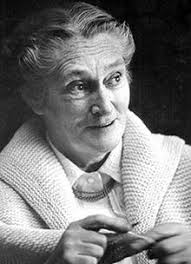 ELIZABETH ZIMMERMANN AND THE EMERGENCE OF CRITICAL KNITTING
ELIZABETH ZIMMERMANN AND THE EMERGENCE OF CRITICAL KNITTING
PART 1
In this, the first of an eight-part series, I talk with Dr. Lilly Marsh, who examined the influence of EZ in her doctoral thesis at Purdue University. In this episode, Dr. Marsh explains the genesis of her project, and shares details of the sources that provided context for her research. We spend some time talking about the state of knitting in the United States during the mid-century (1950’s) and the need for a knitter to speak for herself and thus encourage other knitters to speak for themselves.
Dr. Marsh has shared some photographs of materials from her own collection. There is an ongoing discussion on this Ravelry thread.
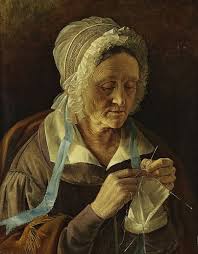
We begin our conversation with a discussion of the timeless image of the knitter. Here is an image of a pre-industrial knitter.
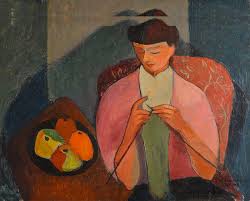
Here is an image in the modern style, but we can see that the posture and hand placement are much the same in both images. Despite this, Dr. Marsh argues, “The act of knitting, and the individual knitter, is, like any activity, highly contextualized within the framework of culture and history.”
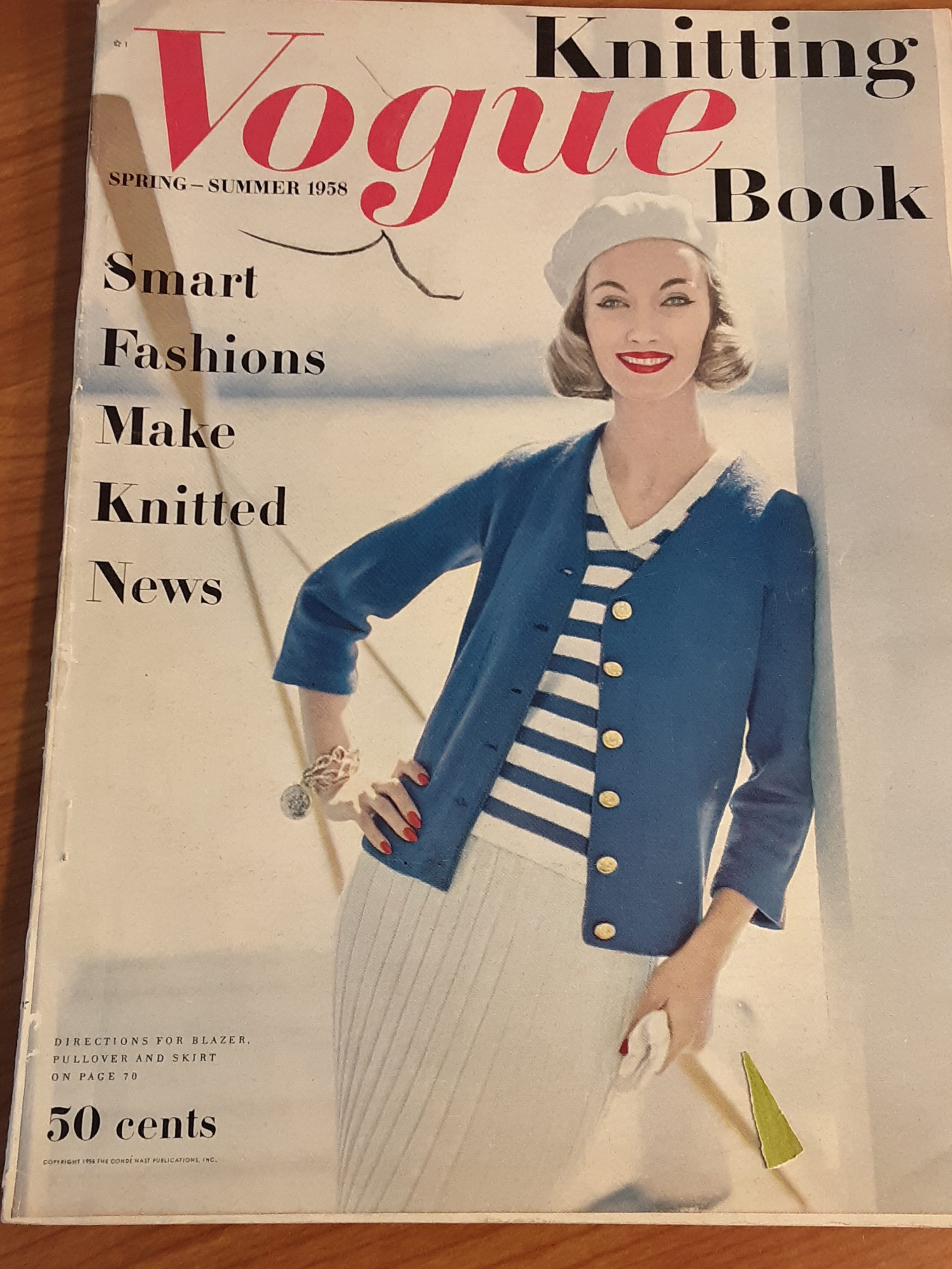
Vogue Knitting Lake Placid issue Spring 1958
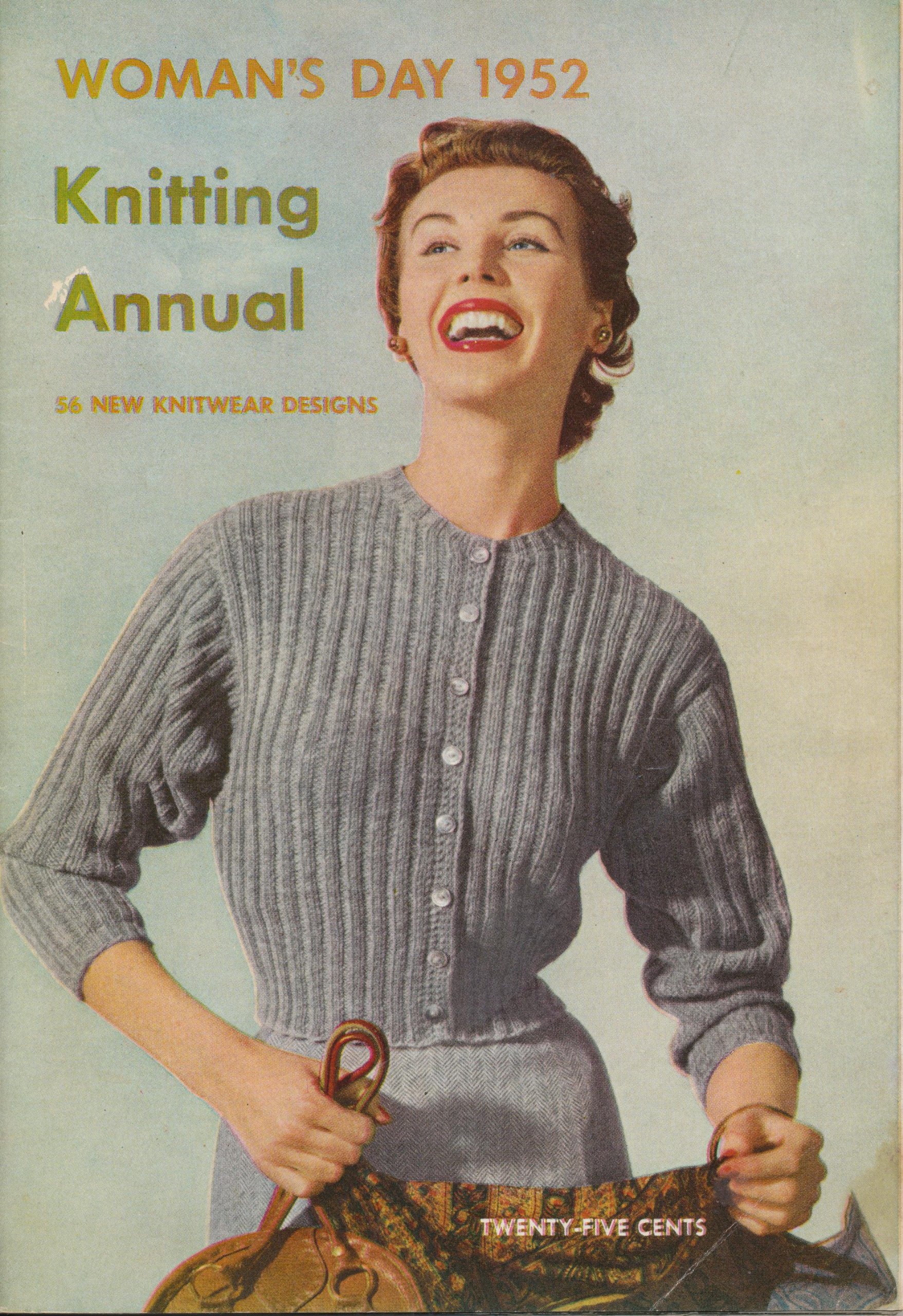
Woman’s Day January 1952
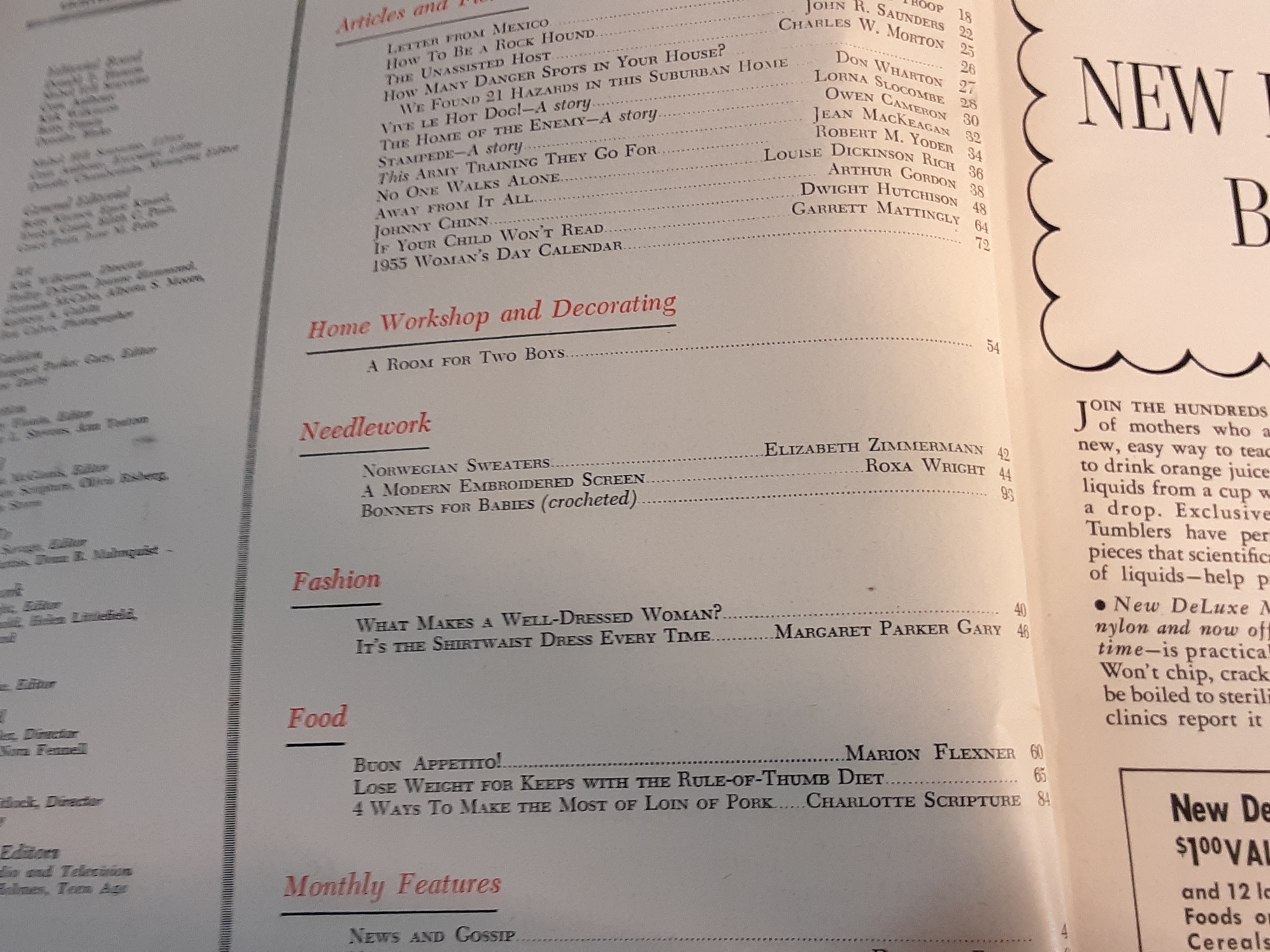 Woman’s Day EZ byline Norwegian Sweater 1952
Woman’s Day EZ byline Norwegian Sweater 1952
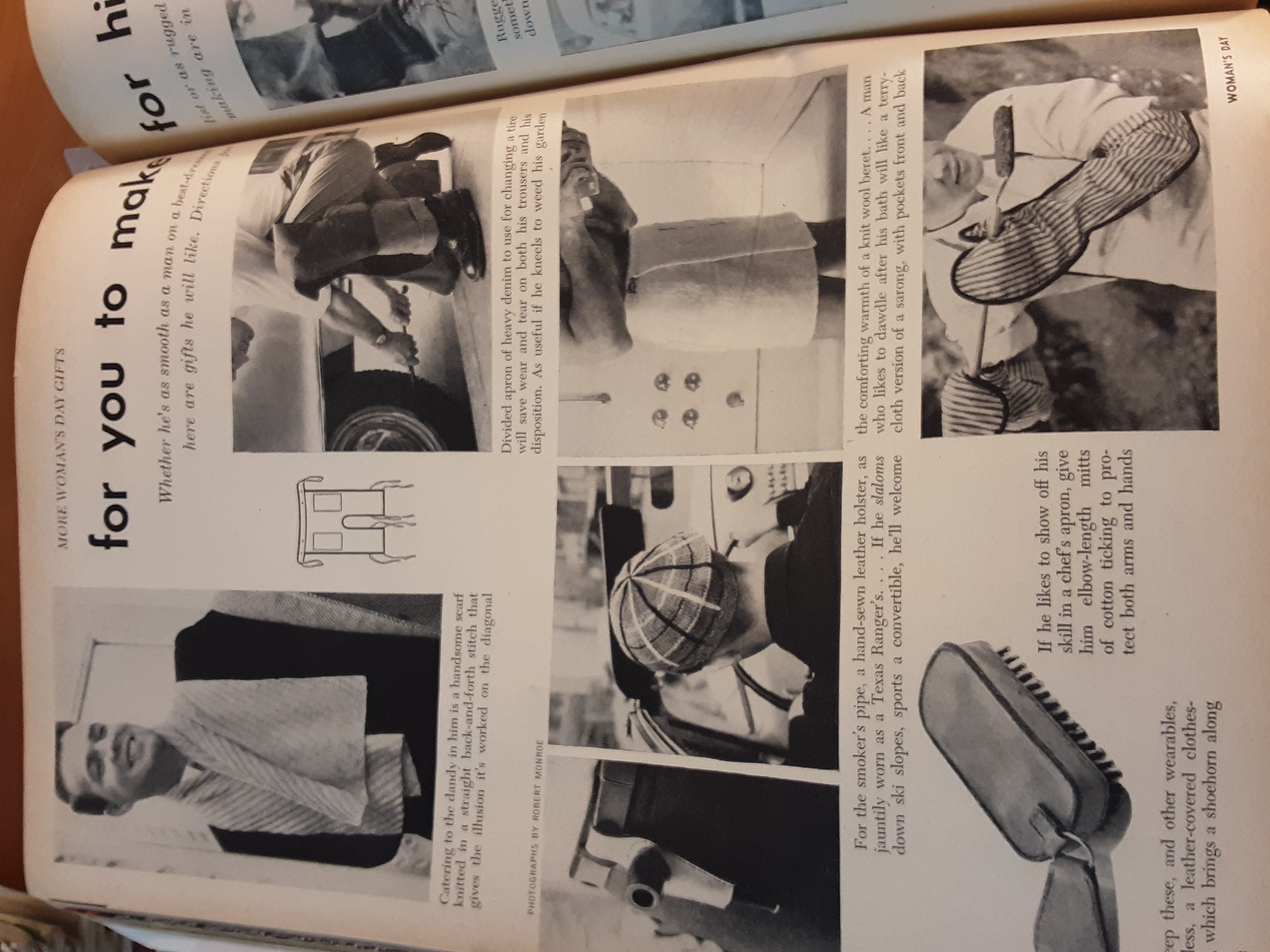
EZ’s beret image in 1957 Woman’s Day
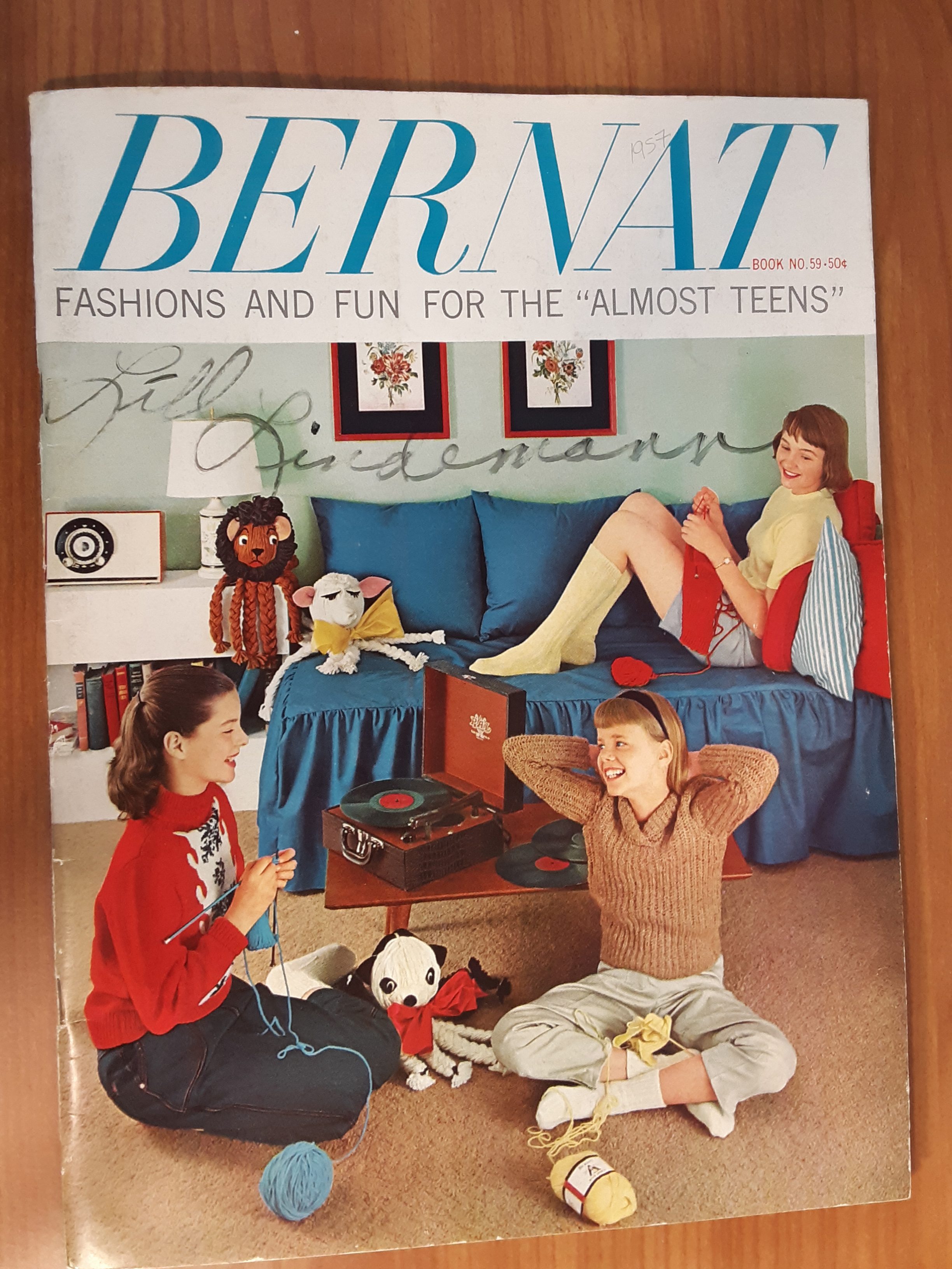
Bernat 1957 cover Fashions and Fun for the “Almost Teens”
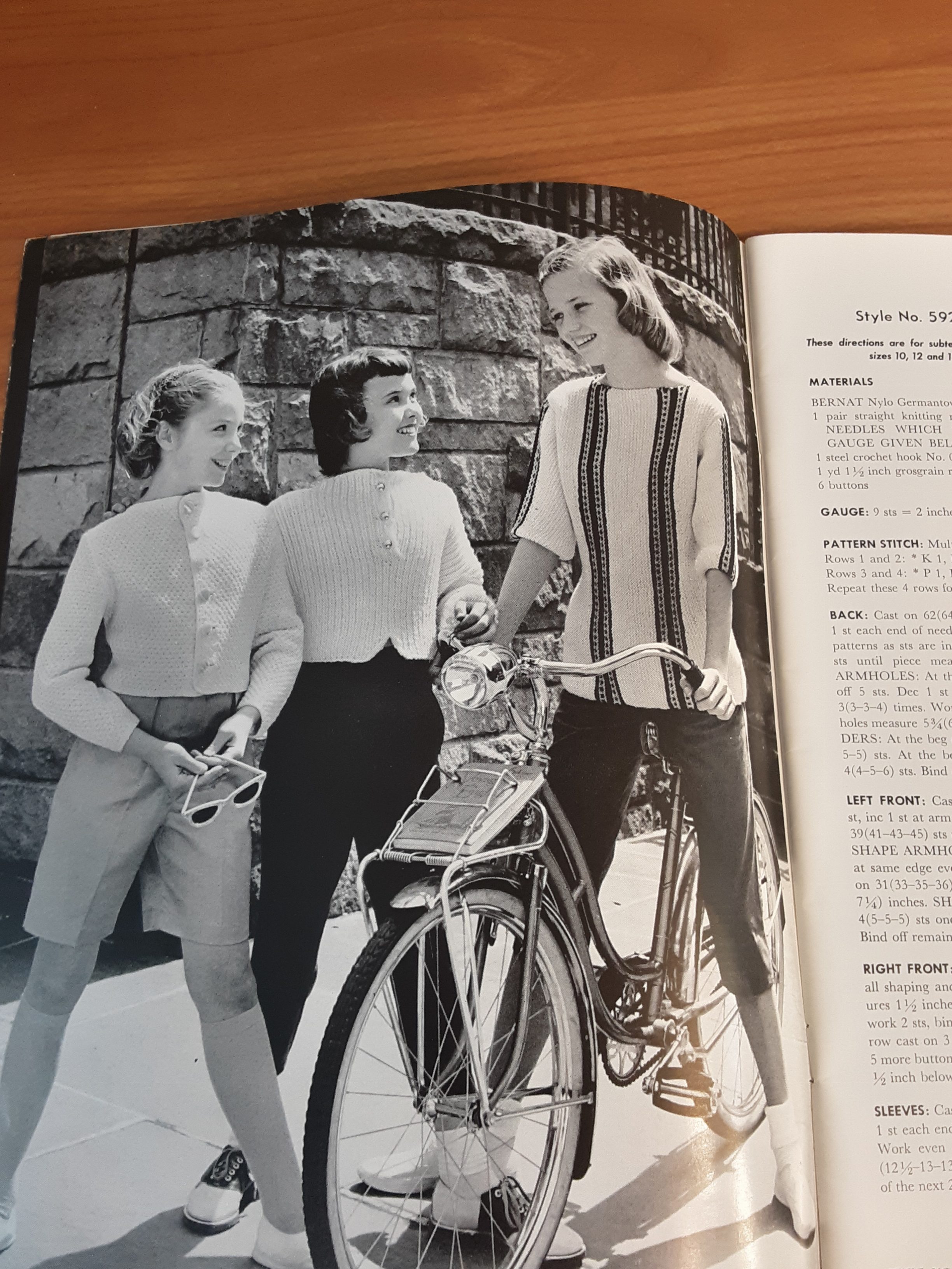
Suspender Sweater featured in Bernat
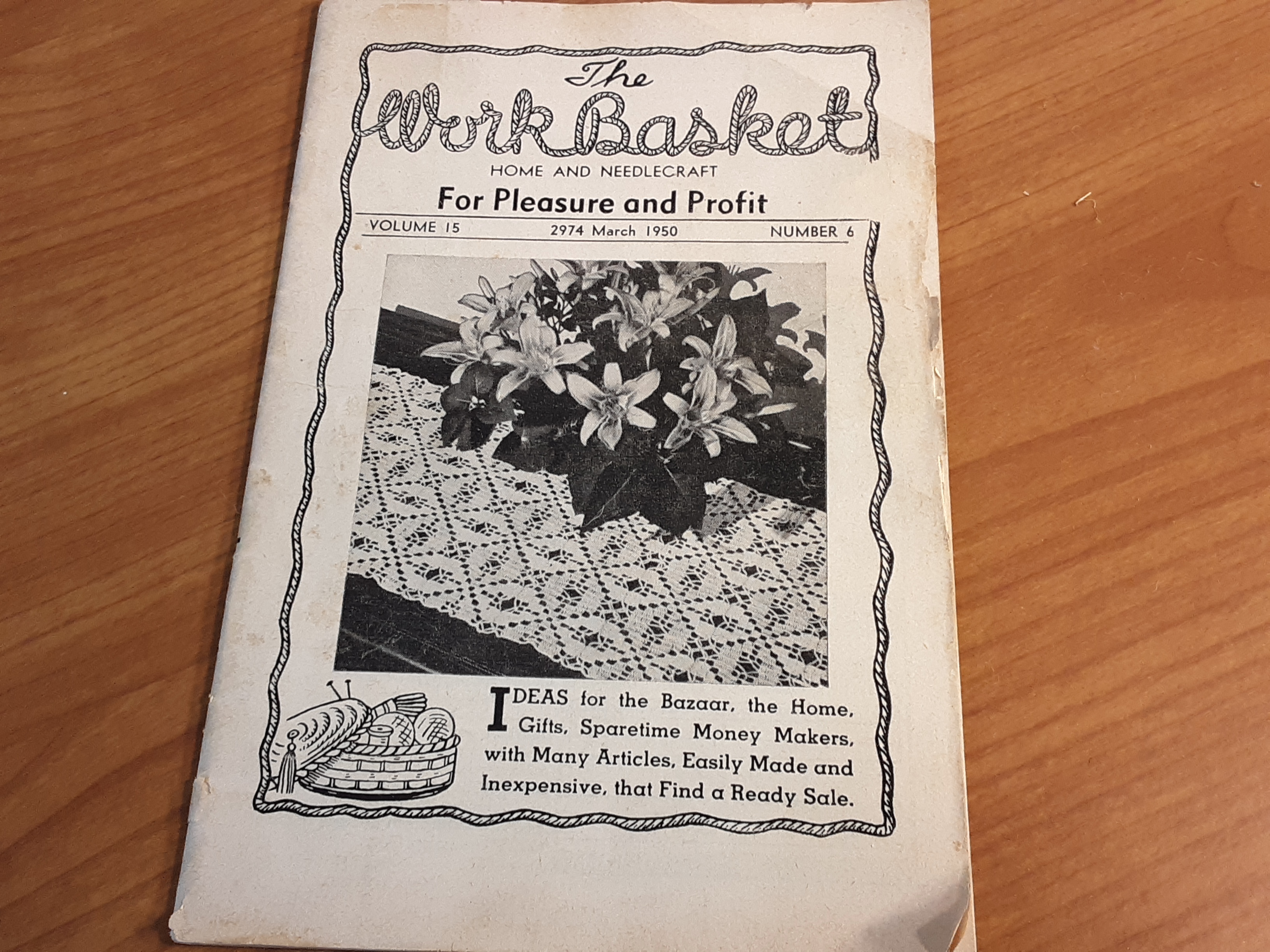
The Work Basket (for pleasure and profit) 1950
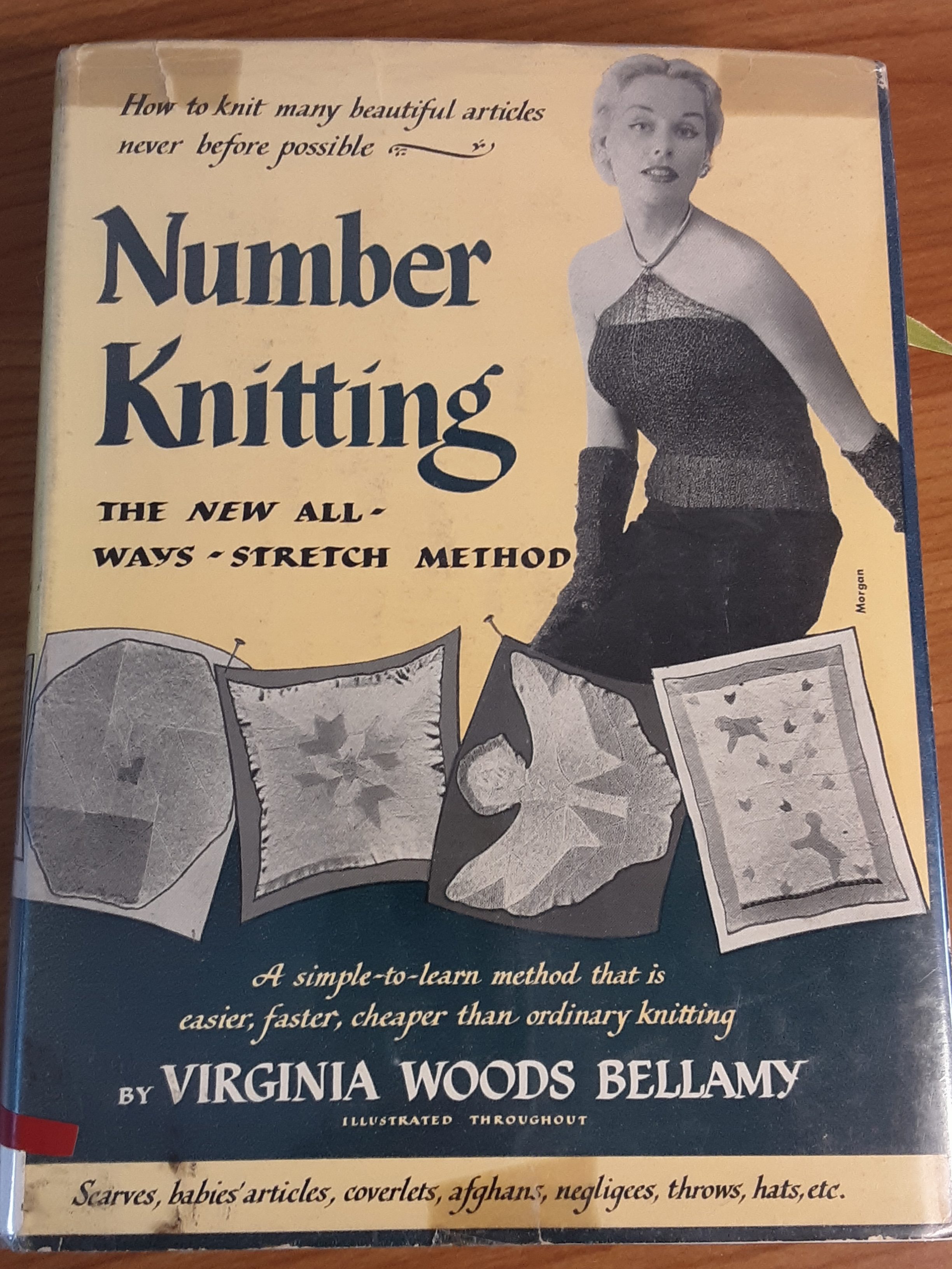
Number Knitting by Virginia Woods Bellamy 1952
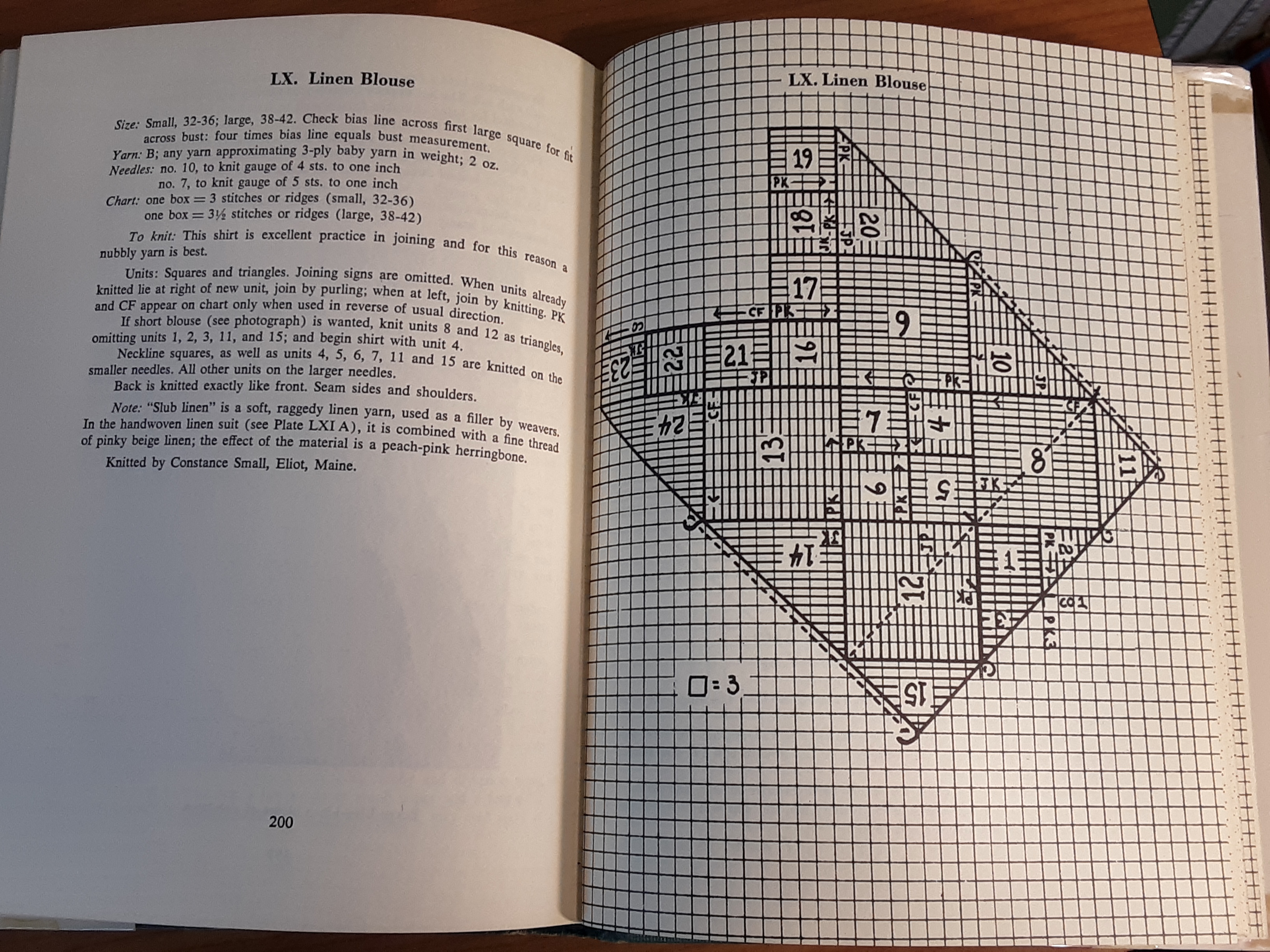 Number Knitting pattern example
Number Knitting pattern example
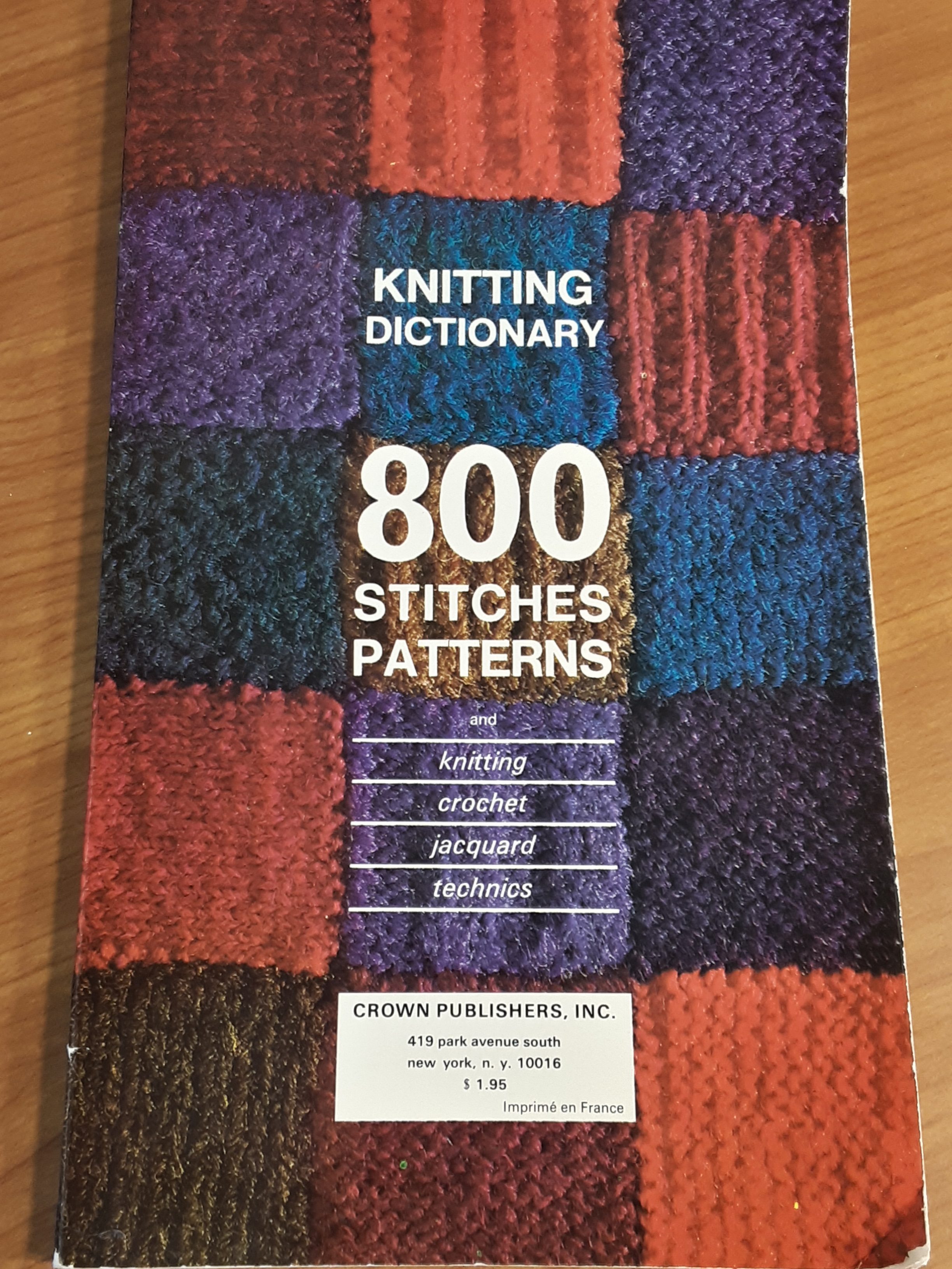
Knitting Dictionary translated from French Mon Tricot
The images presented here are a very small piece of a much larger published work, and are included here for the purpose of scholarship.
Notwithstanding the provisions of sections 106 and 106A, the fair use of a copyrighted work, including such use by reproduction in copies or phonorecords or by any other means specified by that section, for purposes such as criticism, comment, news reporting, teaching (including multiple copies for classroom use), scholarship, or research, is not an infringement of copyright. In determining whether the use made of a work in any particular case is a fair use the factors to be considered shall include—
(1) the purpose and character of the use, including whether such use is of a commercial nature or is for nonprofit educational purposes;
(2) the nature of the copyrighted work;
(3) the amount and substantiality of the portion used in relation to the copyrighted work as a whole; and
(4) the effect of the use upon the potential market for or value of the copyrighted work.
The fact that a work is unpublished shall not itself bar a finding of fair use if such finding is made upon consideration of all the above factors.
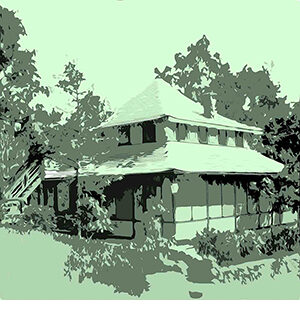
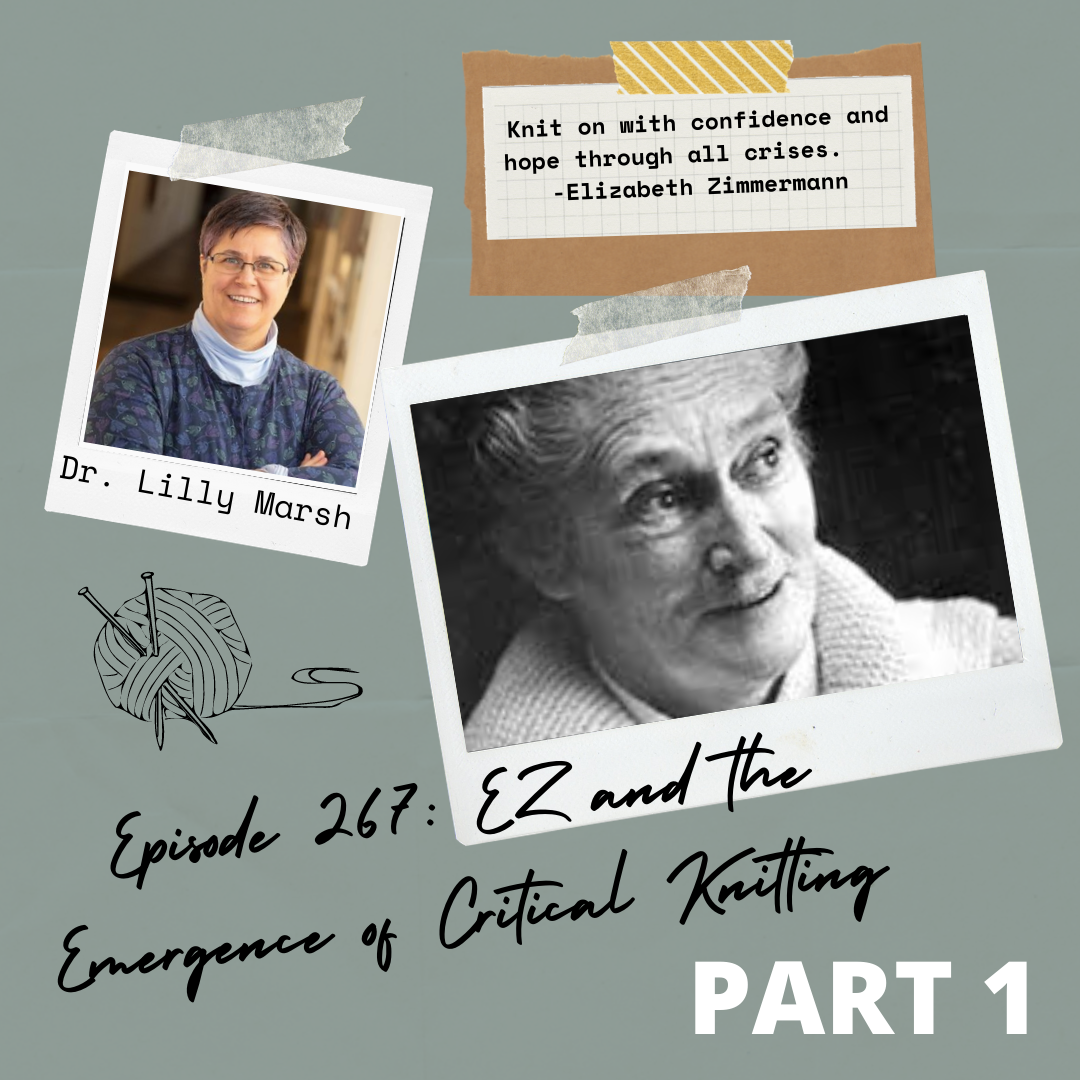
Thank you so much for stopping by to let me know that you’re enjoying the episodes. Best wishes with your first EZ sweater!
I’m also here on Roxanne Richardson’s mention/recommendation. I’ve been knitting for a couple years and am amid my first EZ sweater, so this podcast is a perfect fit for knitting and listening. Thanks!
Hi, Melinda. Thank you for sharing that you heard about this series from Roxanne Richardson. I am glad to discover her and her YouTube channel. I really appreciate your comment and hope you enjoy the final parts of the series!
I came here from Roxanne Richardson’s YouTube and I’m so glad I did. .I am a new knitter and there is so much to learn. .I am 60 years old and was never aware of a knitting community like I’ve found locally and online recently. .